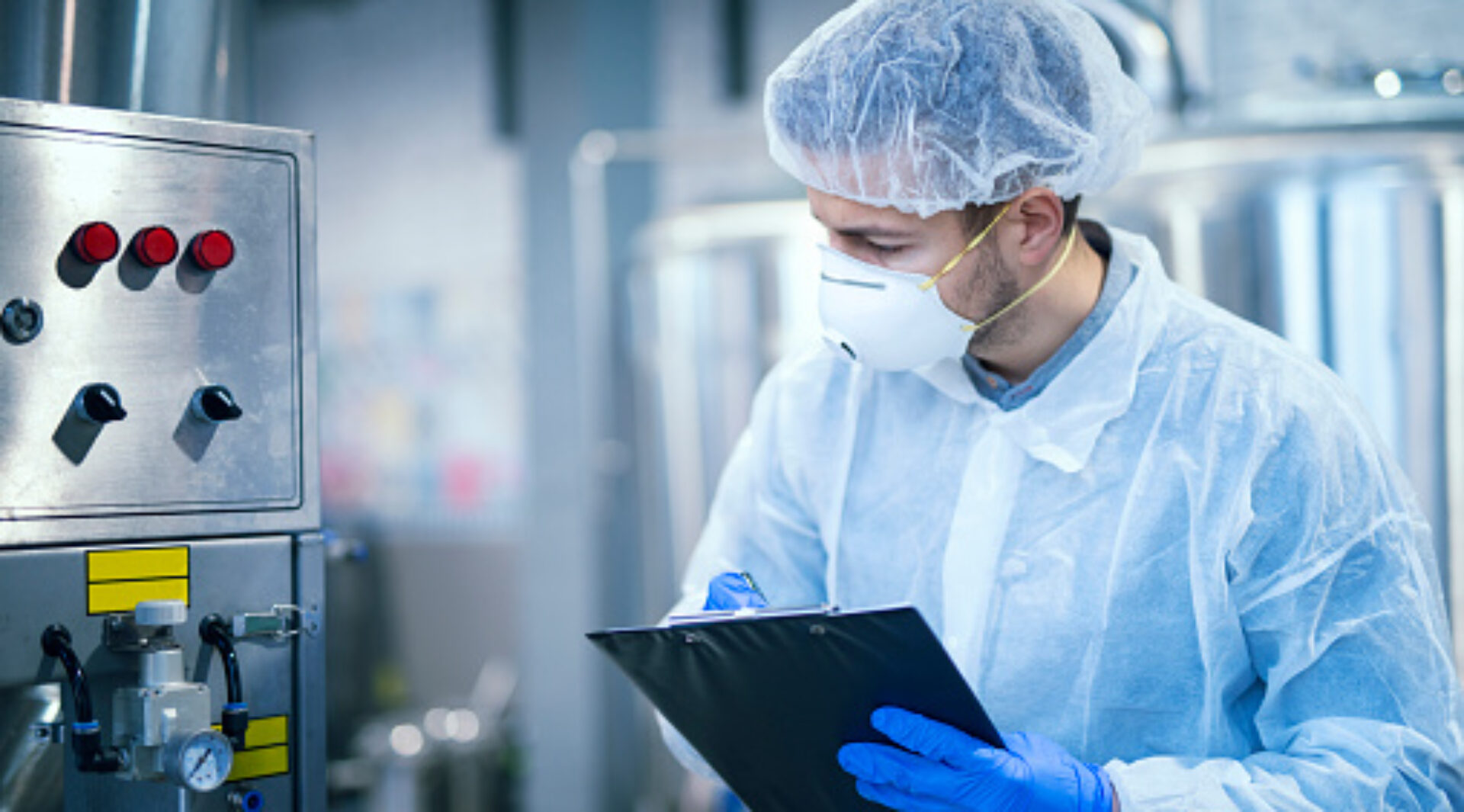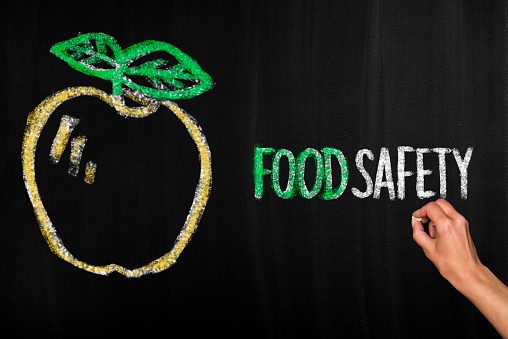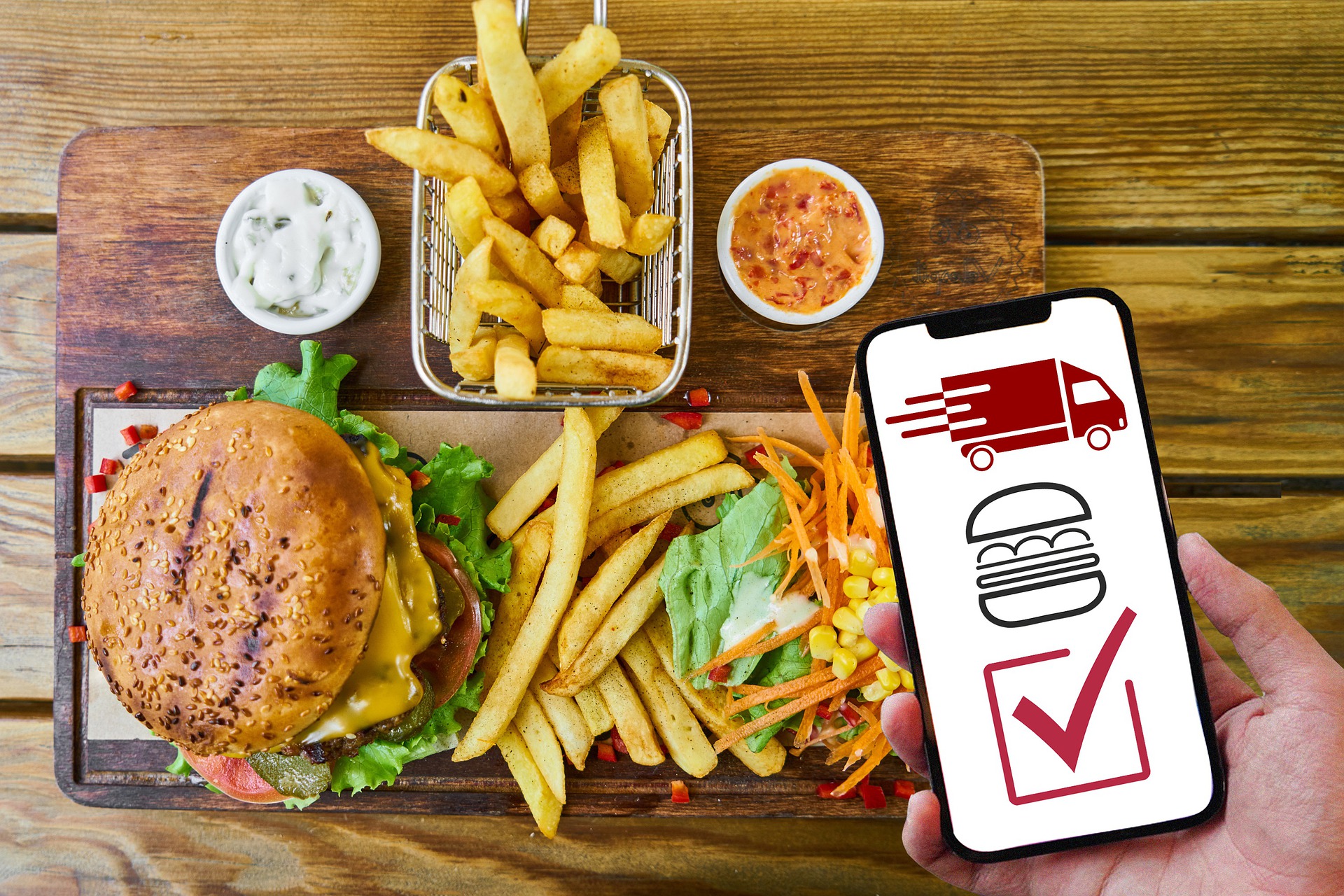A HACCP plan is essential for any dairy processing plant to ensure its products’ safety and quality. HACCP stands for Hazard Analysis and Critical Control Points. It is a system of preventive measures designed to identify, assess, and control any potential biological, chemical, or physical hazards that may occur during dairy processing. In this blog post, we’ll provide an overview of how to set up a HACCP plan in a dairy plant, so you can ensure the safety of your products.
Assemble the HACCP team
The first step in setting up a HACCP plan in a dairy plant is to assemble the HACCP team. The team should include individuals with expertise in food safety, milk production, hygiene, quality control and risk analysis. Ideally, each team member should be well versed in ISO 22000, the global food safety standard for the dairy industry. The team should also include personnel who understand the day-to-day operations of the facility. The team should have the authority to implement the HACCP plan and ensure its effectiveness.
Read more: HACCP Members- roles &responsibilities
Describe the food and its distribution
When setting up a HACCP plan in a dairy plant, it is important to have a clear understanding of the food products being produced. In a dairy plant, this will typically be milk and other dairy products. This understanding should include the ingredients used to make the food, the process of production and the packaging of the finished product.
Develop a flow diagram
A flow diagram is an important part of a HACCP plan and helps to identify potential hazards. This diagram should provide a visual representation of the processing steps for the food product. For a dairy plant, this could include the receipt of raw materials, pasteurization, homogenization, cooling, packaging, and distribution.
- Making sure the process is compliant with food safety standards such as ISO 22000.
- A processing flow chart of toned milk will look something like this: Receiving raw materials > Pasteurizing > Homogenizing > Cooling > Packaging > Distribution.
Identify the potential hazards
When setting up a HACCP plan for a dairy plant, it is important to identify all potential food safety hazards that may exist.
The following hazards must be considered when creating a HACCP plan: physical hazards, biological hazards, chemical hazards and allergens.
- Physical hazards include any foreign objects such as pieces of metal or glass, or other items that can cause physical harm to consumers.
- Biological hazards are living organisms like bacteria and viruses that can cause illness or spoilage of products.
- Chemical hazards include toxic substances such as cleaning agents and pesticides that can contaminate food and have adverse effects on human health.
- Allergens are substances found in food that can trigger allergic reactions in sensitive individuals.
Establish critical control points
To determine the CCPs, it is important to analyze the steps in the process. So to identify any steps that could potentially lead to a food safety hazard.
Once these potential hazards have been identified, the team must decide which of the steps is necessary to control these hazards.
- The HACCP team must determine the limits for each CCP. These limits specify the range or level of hazard control that must be met in order to ensure food safety.
- For example, the team may decide that a certain temperature range is necessary to prevent bacterial growth.
- In this case, the temperature would be the CCP and the temperature range would be the limit.
Determine the monitoring procedures
Monitoring is the cornerstone of a successful HACCP plan, as it helps to identify any potential food safety risks that have not been addressed.
It should include an inspection of equipment, ingredients, and production areas. Additionally, it should include checks on the temperature and pH of the product, as well as its shelf-life and storage conditions.
- Ensure to have standard operating procedures (SOPs) are in place for each critical control point.
- These SOPs should detail the specific steps.
- Proper training should be given to all staff involved so that they understand the importance of following these procedures.
Establish the corrective actions
Corrective actions are essential for controlling and preventing hazards from entering food. The corrective action plan should be detailed and include specific steps that must be taken to ensure that the CCP is working properly.
A corrective action plan should include:
- an assessment of the root cause of a problem.
- an action plan to correct the problem
- verification step to ensure that the corrective action has been effective.
Learn more: Boost your knowledge in HACCP with different certificates.
Documenting corrective actions demonstrates that the Food safety program is being monitored and managed effectively.
Verify the HACCP system
Verification requires that certain procedures and activities are conducted at planned intervals to confirm that the HACCP system is working as intended.
These activities may include:
- periodic reviews of the written HACCP plan
- checking the accuracy of the monitoring activities
- verifying the effectiveness of the corrective actions,
- checking that the record-keeping procedures are adequate,
- comparing actual results with those anticipated by the plan.
How HACCP steps are verified?
Verification includes:
- testing or analytical methods to check that critical limits are being met.
- Tests may include bacterial analysis or microbial testing to ensure product safety.
- Chemical testing is used to verify that additives are in compliance with legal requirements and that no contaminants are present.
Record keeping
One of the most important parts of an effective HACCP plan is audit and record keeping. This includes keeping a detailed log of all inspections and monitoring done in the dairy plant.
All logs should be dated, and include a signature and detailed descriptions of the activity performed, such as temperature checks or sanitation procedures. Records should be kept for a minimum of three years and should include information such as critical control points monitored, corrective actions taken and verification activities completed.
Auditing is also key in verifying that the HACCP plan is being followed and that corrective actions are being implemented when needed.
Latest Posts & Articles

Textbooks shaping a Graduate in Food Science
The most important and must-have textbooks for a food science graduate (student in graduation ); A successful

Certifications important for Food Safety Officer
Food Safety Officer(FSO) requires Certifications to move forwards with their career which is very

When TACCP & VACCP meets Food Safety
Threat Assessment and Critical Control Point (TACCP) and Vulnerability Assessment and Critical Contro

Food Safety Team Responsibilities & Roles
Food Safety Team have responsibilities to ensures a quality and standardized product in a food
Read more
Keep in hand:
HACCP conformity can be done through regular reviews of the records and periodic reviews by an independent third party. Auditing ensures that food safety protocols are being followed and helps to identify any weaknesses in the system.
Latest Posts & Articles

Get Internship opportunities while studying Food Technology

Great Project Ideas in Food Science

What are TCS Foods

